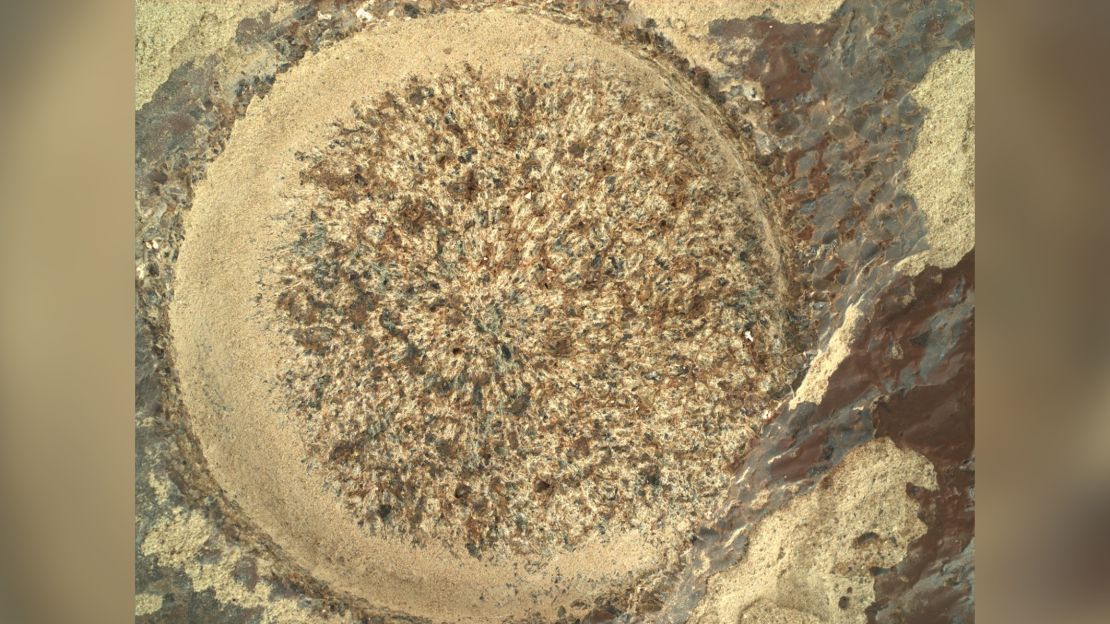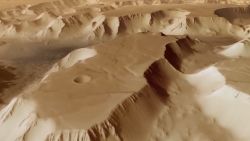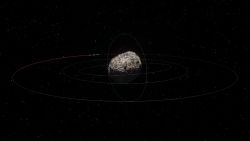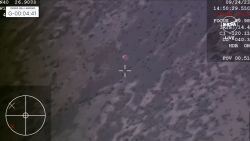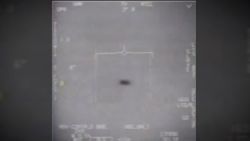The Perseverance rover took a well-deserved break in October during solar conjunction, but it’s back to investigating intriguing rocks in Jezero Crater on Mars.
Solar conjunction – a period when the sun is between Earth and Mars – began on October 2, which halted NASA’s communications with the rover. This blackout ended on October 19, and Perseverance jumped right back into its search for signs of ancient life on the red planet.
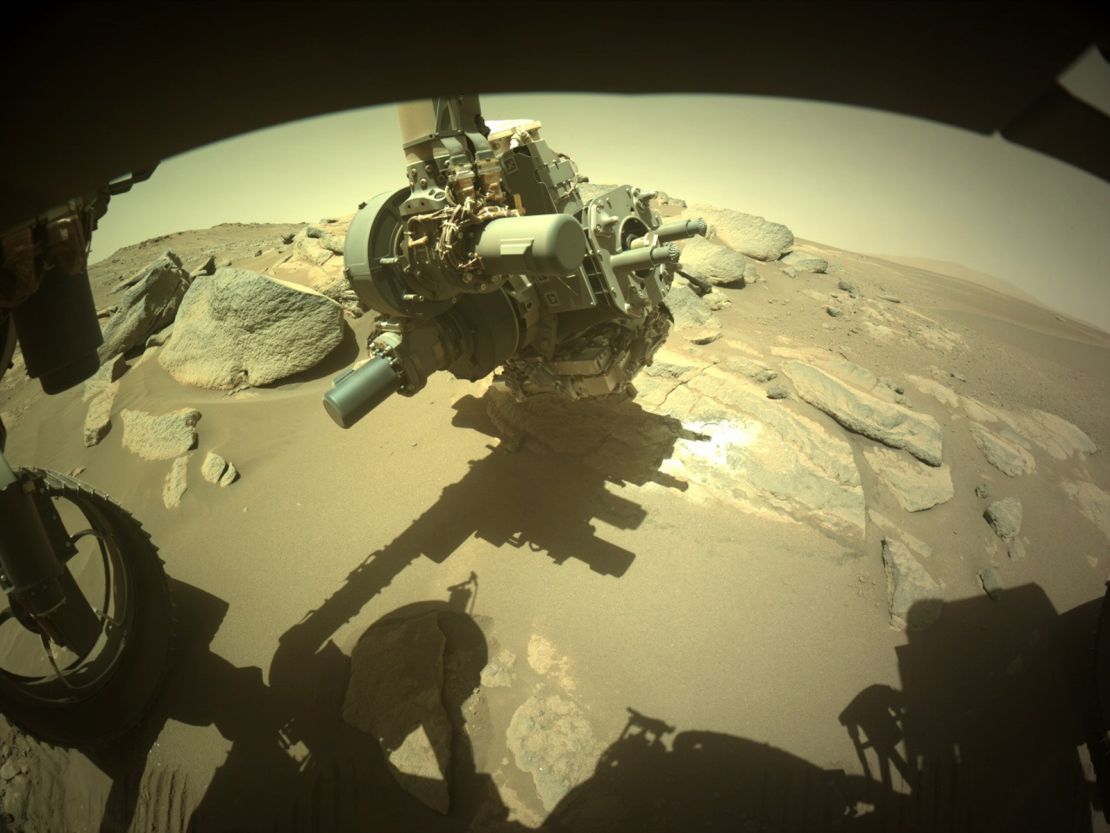
One of the rover’s key goals is to collect samples from rocks and dirt on Mars that will be returned to Earth by future missions. It has already collected two samples and has used help from the Ingenuity helicopter, acting as an aerial scout, to find its next sample-worthy targets.
Since October 25, Perseverance has been investigating some rock outcrops of the planet’s South Séítah region, which are of interest to the rover’s science team on Earth. The rover has an abrading tool on its robotic arm that can scrape away at rock layers to take a look inside these rocks.
“Layered rocks like this often form in water, and can hold clues about what their environment used to be like. Let’s see if this would be another good place for #SamplingMars,” read a post from the rover’s Facebook account, run by NASA, on November 4.
After chipping away at the rocks, the rover sent back images to show what was beneath the rusty-looking top layer: what appears to be a bevy of grainy minerals and sediments.
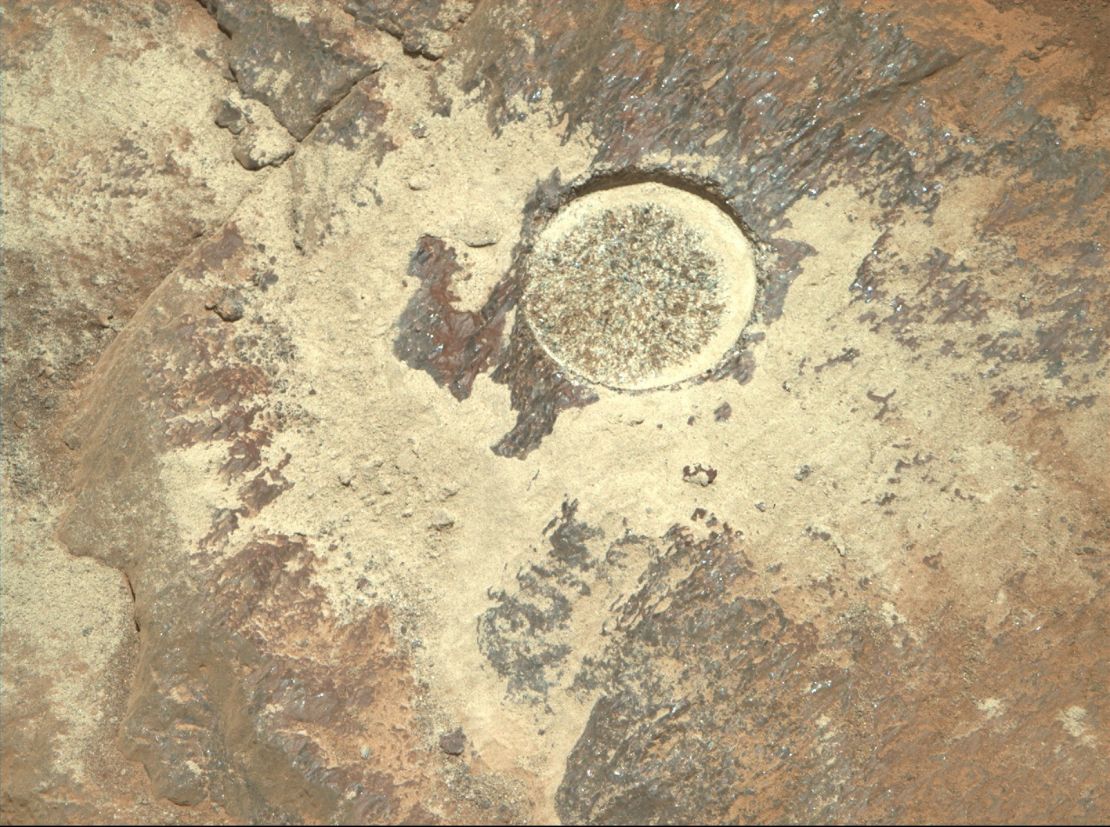
“Peering inside to look at something no one’s ever seen. I’ve abraded a small patch of this rock to remove the surface layer and get a look underneath. Zeroing in on my next target for #SamplingMars,” the Perseverance Facebook account posted on November 9.
The mineral content of rocks in Jezero Crater, which was once the site of a lake 3.7 billion years ago, act like an undisturbed ancient time capsule. They can tell scientists how the rocks formed and what the climate was like at the time. This could provide a big picture look at what the lake and its river delta were like when the planet was warmer and wetter – and potentially habitable.
It sounds like Perseverance is gearing up to collect a sample from the abraded rock to see what Martian secrets South Séítah may reveal.
“Perseverance and its team have come a long way over the past 8 months of operation on the surface of Mars,” wrote David Pedersen, co-investigator of the rover’s PIXL instrument at Technical University of Denmark, in a recent Perseverance blog post. “Now, it is part of the mission’s normal routine for the rover to collect rock samples and perform proximity science using the instruments mounted on the turret that sits at the end of the robotic arm/manipulator.”
